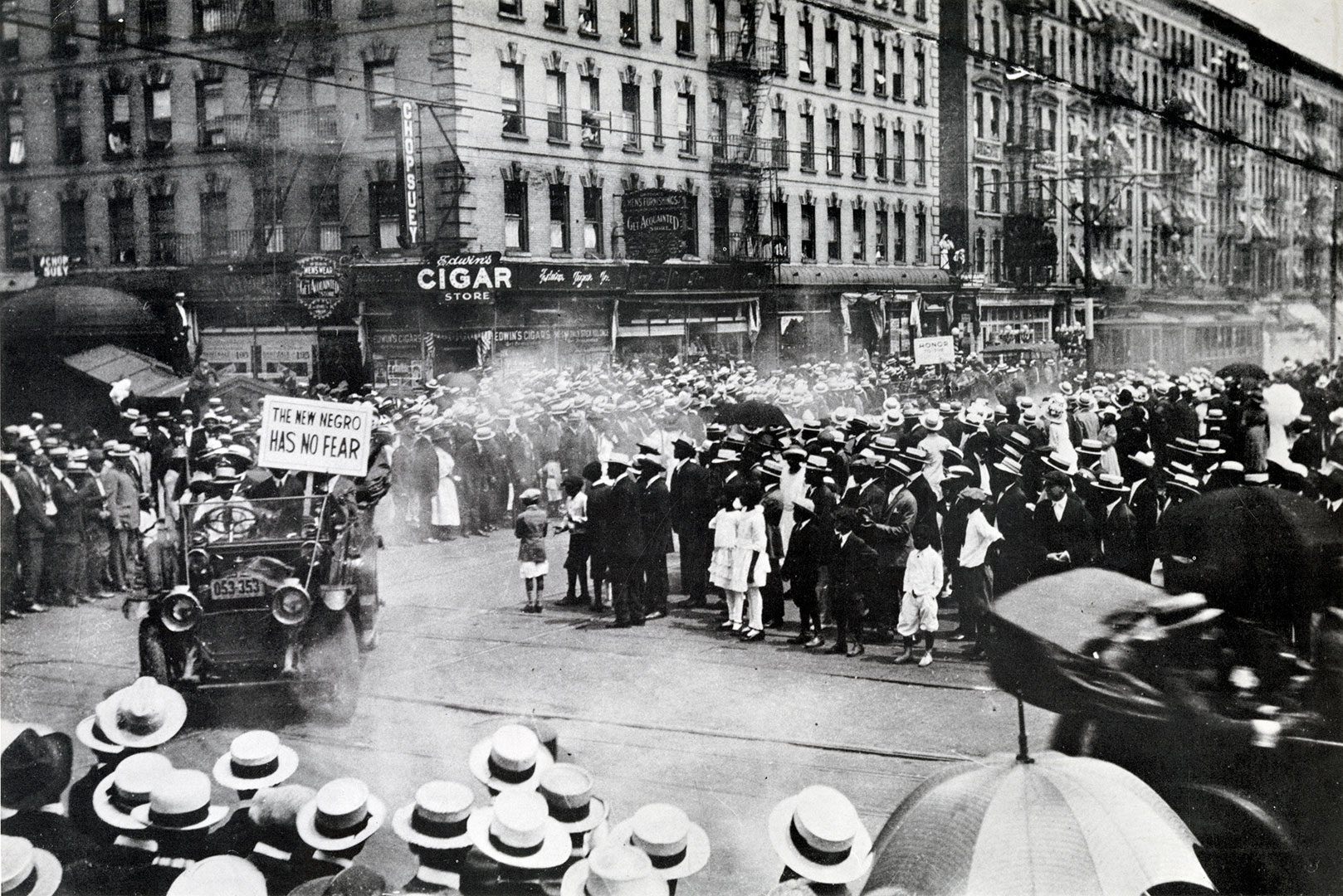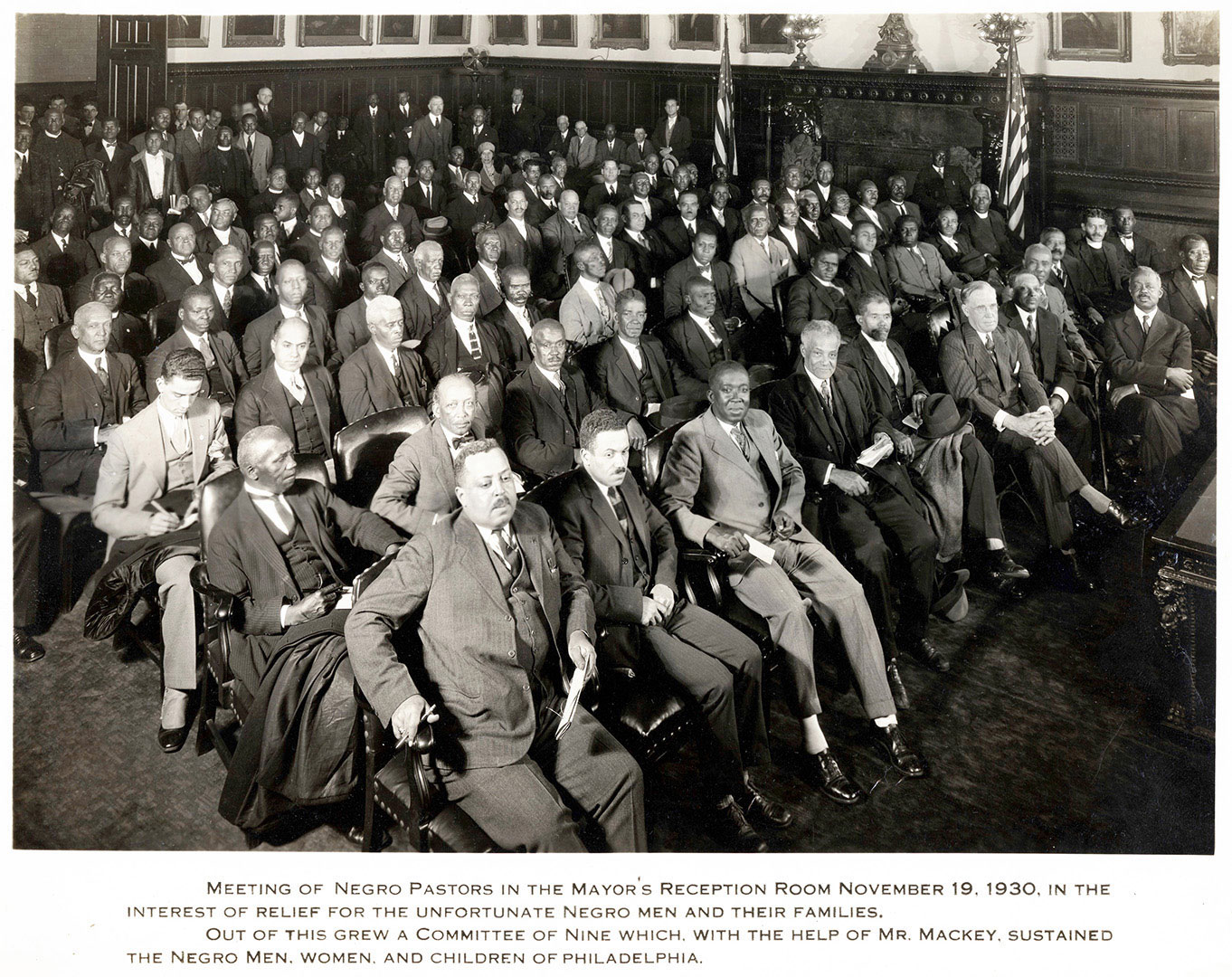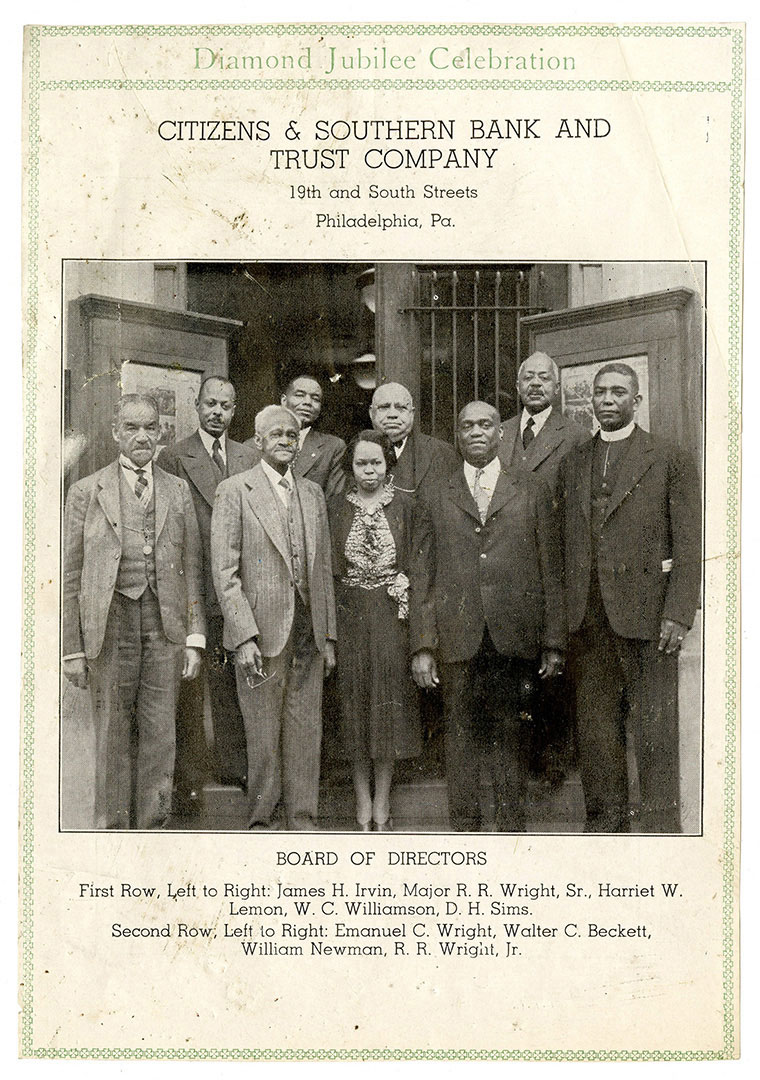Unit 11: The Harlem Renaissance and the Great Migration Black Cultural Flourishing

The Great Migration and Harlem Renaissance were pivotal events in the 20th century that reshaped African American life and profoundly influenced American culture. The Great Migration saw millions of African Americans leave the rural South for urban centers in the North and Midwest, seeking escape from racial violence and economic hardship while pursuing greater opportunities. This movement created vibrant Black communities in cities like Chicago, Detroit, and New York, where African Americans could forge new paths for social and economic advancement. Out of this migration emerged the Harlem Renaissance, a cultural and artistic explosion centered in Harlem, New York, where African American writers, artists, and musicians redefined Black identity. The Harlem Renaissance showcased the depth and richness of African American experiences through literature, art, and music while challenging prevailing stereotypes. Jazz and blues flourished as uniquely African American musical forms, spreading throughout the country and leaving a lasting influence on global culture. Writers and intellectuals used their work to explore themes of resilience, racial pride, and social justice, creating a new framework for understanding Black life in America. This era marked a powerful assertion of Black dignity and creativity, positioning African Americans as key contributors to American art and thought. Together, the Great Migration and Harlem Renaissance reflected the determination of African Americans to overcome systemic barriers and celebrate their heritage. This unit explores the transformative period of the Harlem Renaissance and the Great Migration, highlighting the cultural, artistic, and intellectual flourishing of African Americans during the early 20th century. Students examine the works of key figures like Arturo Schomburg, who preserved and celebrated the richness of African and African American history, and Paul Laurence Dunbar, whose poetry, such as “We Wear the Mask,” captured the complexities of the Black experience. The unit delves into the migration of millions of African Americans from the rural South to urban centers, uncovering how this movement reshaped communities and fueled cultural innovation. Learners analyze how art, music, and literature became powerful tools for expressing identity, resisting oppression, and envisioning a better future. Through primary source analysis and creative projects, students engage with themes of resilience, community, and empowerment. Activities include exploring early Black aviation pioneers, discussing W.E.B. DuBois’s critique of President Harding’s speech, and analyzing visual art from the Harlem Renaissance. This unit celebrates the enduring legacy of the Harlem Renaissance as a cornerstone of American cultural and intellectual history. It encourages students to see how the creative expressions of this era continue to inspire movements for justice and equity today.



